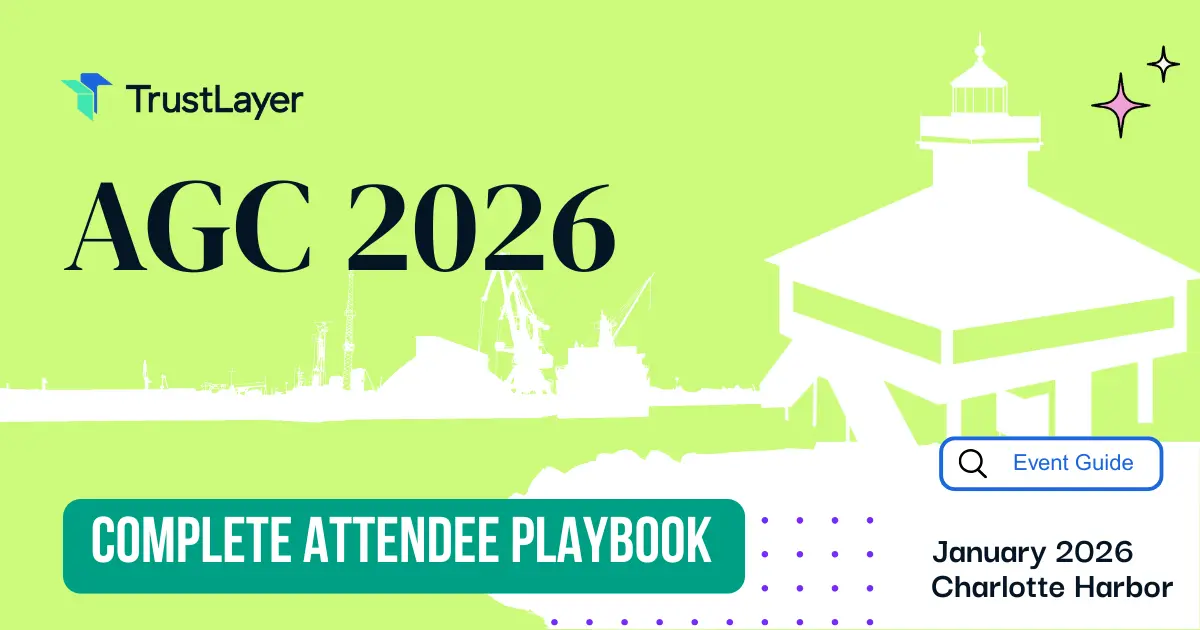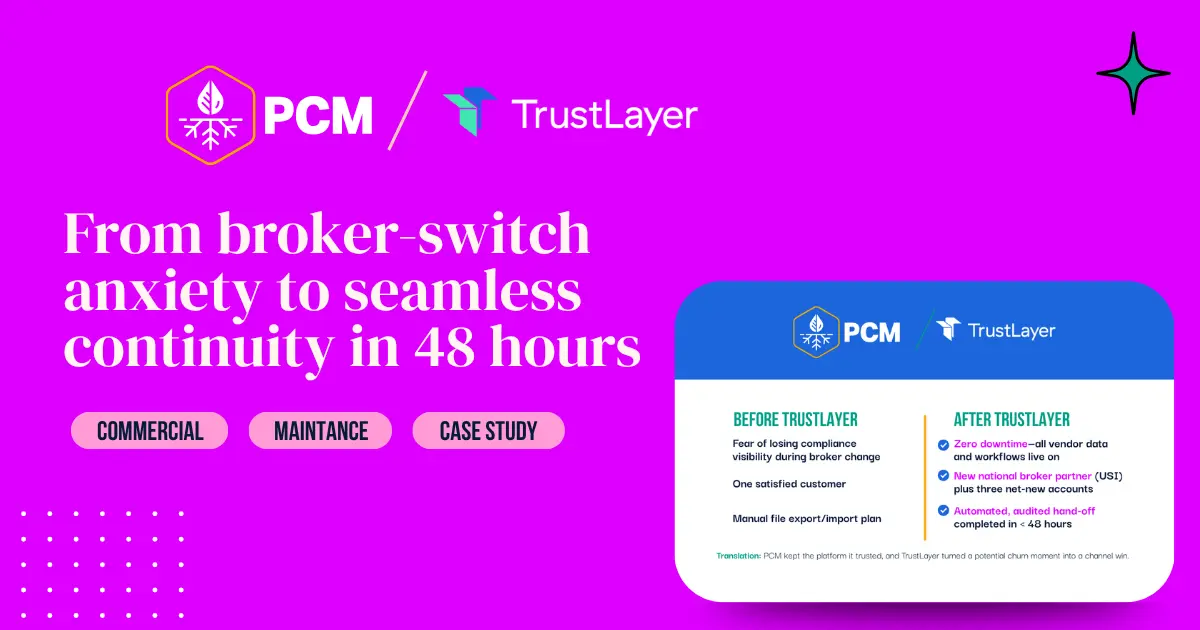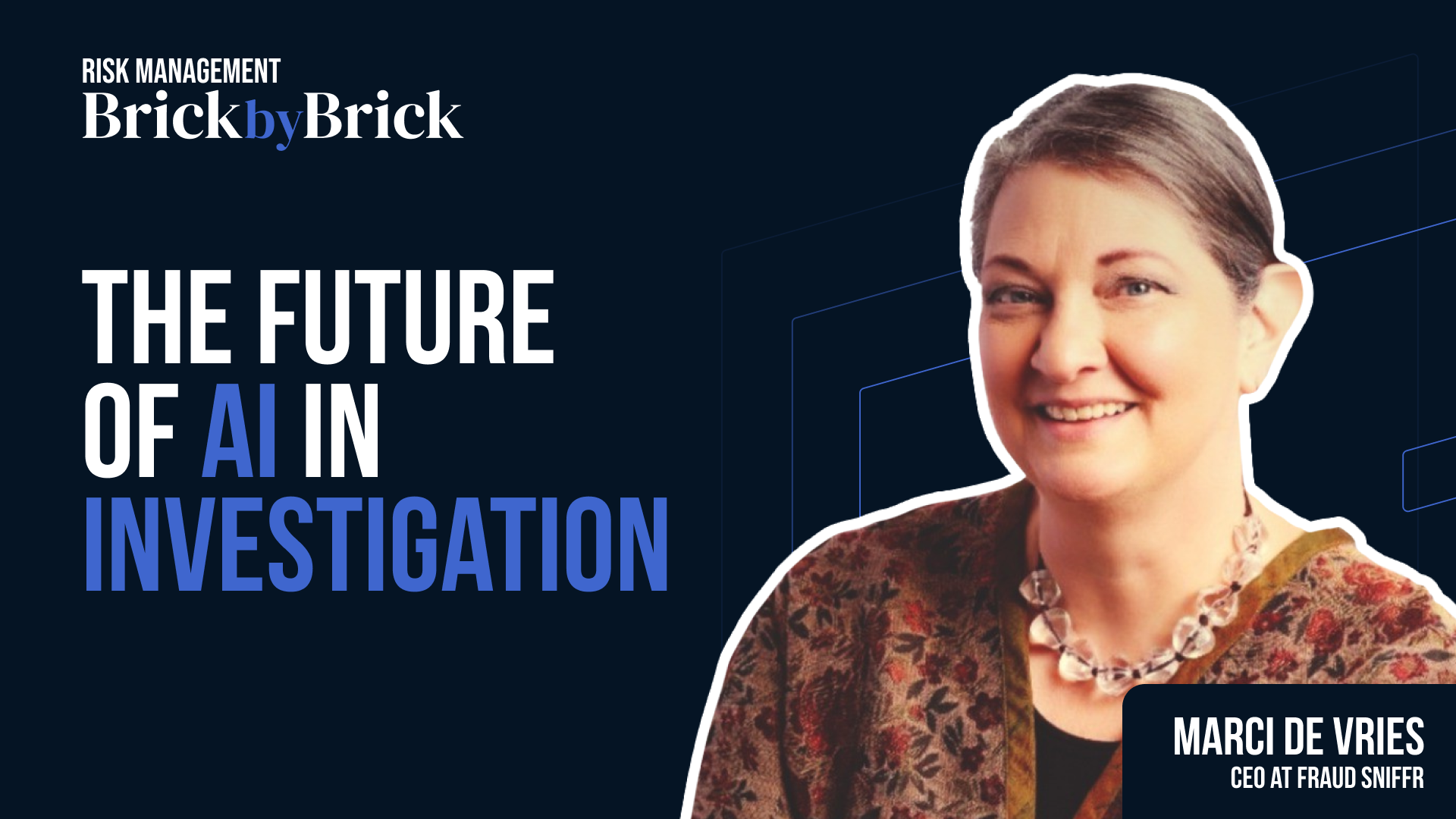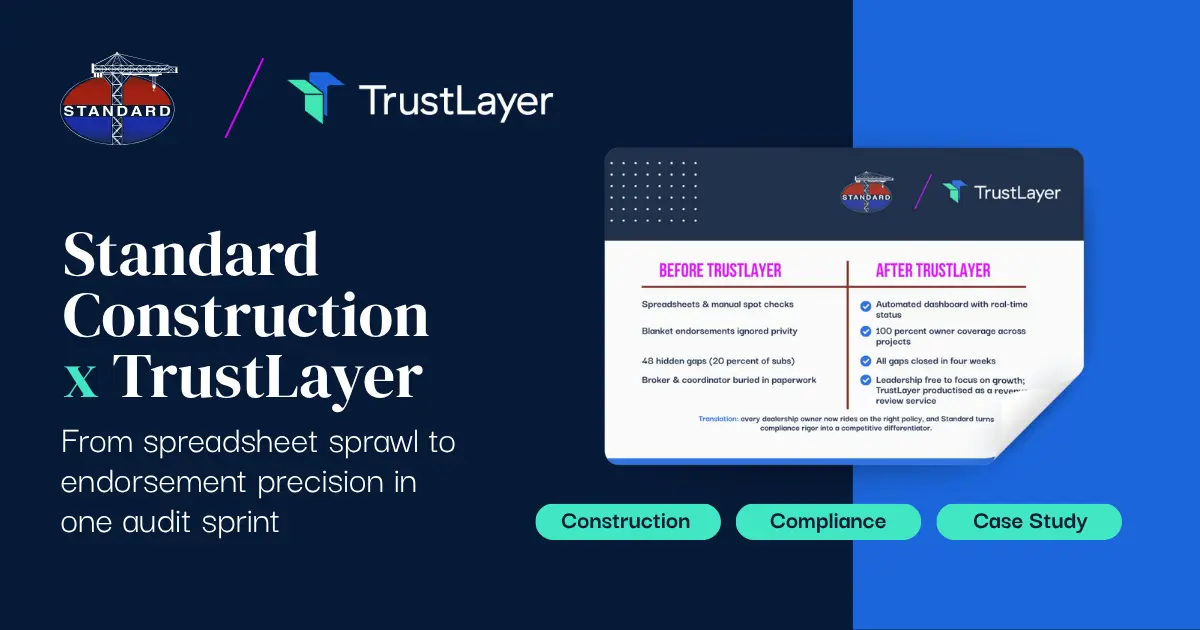 Resources
Resources Satellite Revolution: How Earth Observation is Transforming Climate Risk Management with James Alexander
Satellite Revolution: How Earth Observation is Transforming Climate Risk Management with James AlexanderSatellite Revolution: How Earth Observation is Transforming Climate Risk Management with James Alexander
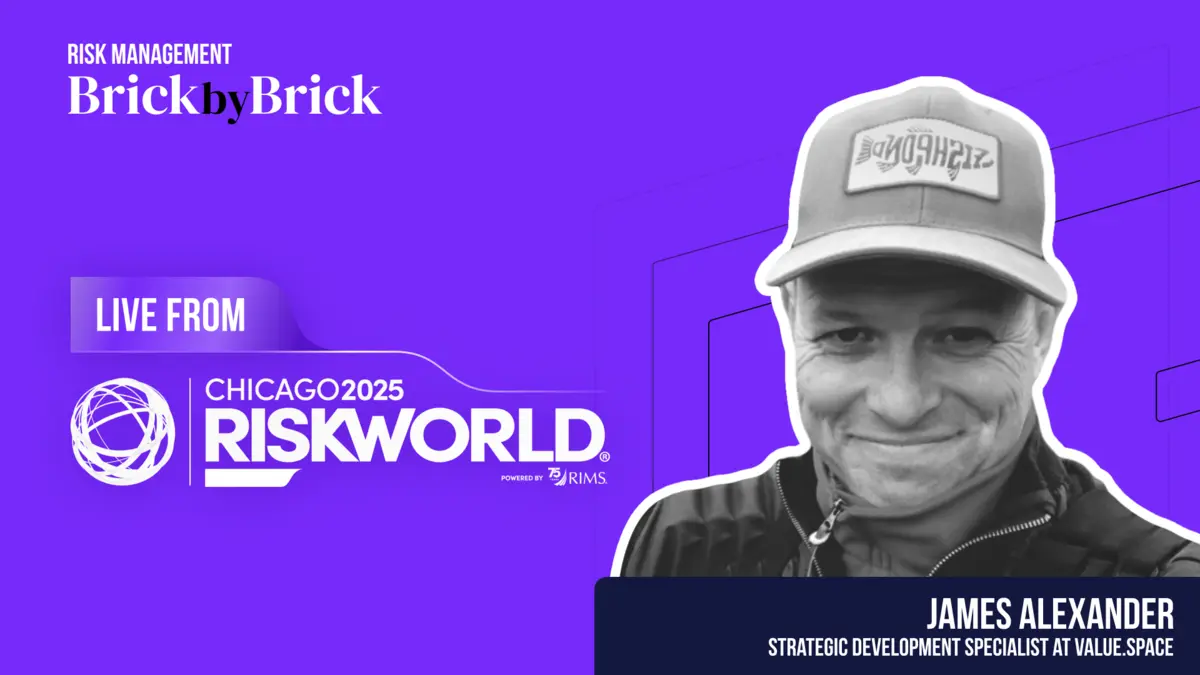
In a recent episode of Brick by Brick, host Jason Reichl sits down with James Alexander, Principal Consultant at Meliora-ESG, for a fascinating conversation about how satellite technology is revolutionizing infrastructure risk management. From analyzing 15 million hectares in under four hours to predicting infrastructure failures before they become disasters, James reveals how organizations can harness the power of earth observation to protect critical assets and stay ahead of climate risks.
To find out how TrustLayer manages risk so that people can build the physical world around us, head to TrustLayer.io.
James opens with a sobering reality about our aging infrastructure: "Many of the infrastructure assets are either overaged. They're older than fifty years. The extreme weather events and the change in macro changes in environment mean that the original resilience and the original design criteria are now under more stress and more pressure."
Welcome to the infrastructure challenge of our time—bridges, roads, airports, and ports designed decades ago for a climate that no longer exists. "There's so many insured assets are 25 to 35 to 55 years old. They weren't designed to similar tolerances as modern features," James explains. But here's what might surprise you: the solution isn't just rebuilding everything. It's using satellite intelligence to monitor, predict, and prevent failures before they happen.
From Defense Secrets to Mainstream Risk Management
"In the nineteen nineties, Earth observation and satellite technology was really reserved for the defense sector and for government level activity," James explains. "What's happened in the last ten years is that access to open source data has become free to use, and the analytic tools and the applied engineering tools to decipher what's within the data has become accepted by the insurance industry and the regulatory industry alike."
This democratization represents a fundamental shift. Technology once exclusive to military and government use is now accessible to any organization serious about understanding their infrastructure risks. Combined with reduced costs and improved engineering tools, satellite data analysis has gained widespread acceptance across both insurance and regulatory industries.
The Power of Real-Time Infrastructure Monitoring
Here's where James gets excited about the practical applications: "We can do a fifteen million hectare analysis on a waterfront or port development in under four hours. And we can do that at a six-day frequency pre-, during, and post-build."
Imagine monitoring an area the size of entire countries in just hours, not months. James describes how this technology enables organizations to:
- Detect structural anomalies in real-time across massive infrastructure portfolios
- Focus remedial work on the 10% of assets showing problematic movements while ignoring the 90% performing normally
- Provide early intervention and preventive maintenance rather than reactive responses
- Protect society and manage assets proactively instead of waiting for disasters
"Everything within applied Earth observation is augmenting. It's not replacing," James emphasizes. You still need boots on the ground for compliance and detailed inspections, but satellite intelligence gives you an unprecedented overview of what's happening across your entire portfolio.
The Insurance Industry's Satellite Revolution
For insurance companies, this technology represents a paradigm shift from reactive to predictive risk management. "Insurers are looking at a different metric. They're looking at claim velocity, concentration, aggregation, and portfolio performance," James explains. "When we start using applied Earth observation, we can now live track propagation of claim, notification of claim, settlement velocity, and time, and give insurance metrics rather than physical movement metrics."
James shares a prediction that should make every risk manager take notice: "Gartner predict that 80% of insured assets will be surveilled by applied Earth observation within the next six years, and that's going from 20% this year to 80% in six years' time."
This transformation enables insurance companies to move beyond ten-year loss runs to real-time portfolio monitoring, creating competitive advantages and opening access to previously risky markets.
Breaking Down the Technology Barrier
One of the biggest misconceptions about satellite intelligence is that you need a PhD in data science to use it. "I would say engage with a company that is taking complicated data streams and simplifying them to user experience," James clarifies. "You don't need a PhD in data science to understand the outputs delivered by these companies."
He gives shoutouts to companies like ValueSpace and Ocean Ledger (focusing on coastal risk) that are making satellite intelligence accessible through simplified user interfaces. "If I can understand it, then anyone can," he adds with a laugh.
Moving Beyond ESG Buzzwords
When it comes to climate risk and ESG, James cuts through the noise: "I don't really see that ESG is anything novel. It's just a new name for being a good corporate citizen, respecting your environment, and using good governance to deliver good outcomes."
His advice for organizations struggling with climate risk initiatives? Focus on materiality and transparency. "The only party that determines the materiality threshold of your actions and material risks within your portfolio is you as the operator. You can't rely on anybody else. You've got to form an opinion as a board and report with transparency, integrity, and honesty."
Companies with strong ESG practices aren't just checking compliance boxes—they're building competitive advantages. "Companies with better ESG scores have better yields and better returns and better exits," James notes.
Final Thoughts
James concludes with a challenge for traditional risk managers: "When things tend to go wrong, they start small and they rapidly get bigger." The infrastructure crisis isn't coming—it's already here. But so are the tools to address it.
The organizations that will thrive are those that embrace satellite intelligence as part of their basic risk management framework, not as an expensive add-on. They're the ones building bridges between traditional expertise and emerging technology, creating more resilient infrastructure for an uncertain future.
To hear more insights about the future of infrastructure risk management, tune in to this episode of Brick by Brick.
👉 Spotify: https://bit.ly/44ok073
👉 Apple Podcasts: http://bit.ly/4kzO8kH
👉 YouTube: https://youtu.be/pOgpWminCuk
Podcast Host: Jason Reichl
Executive Producer: Don Halliwell




